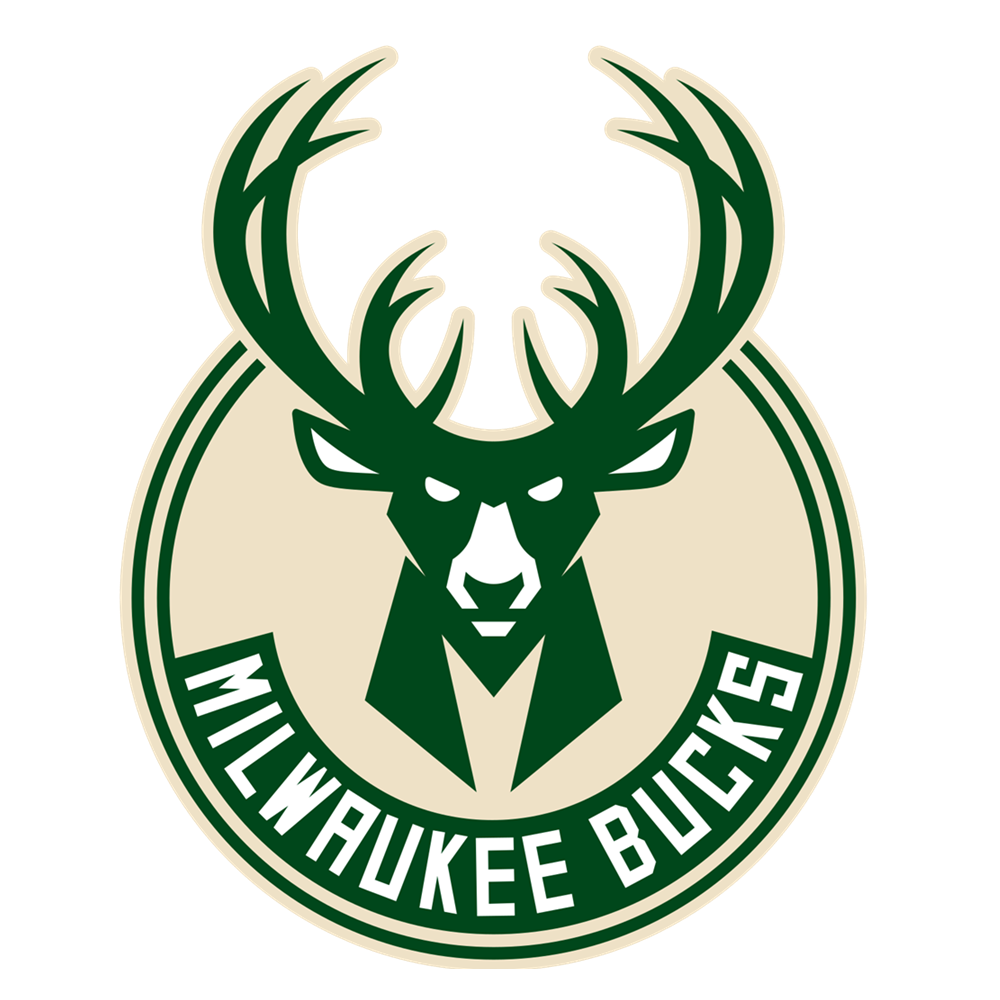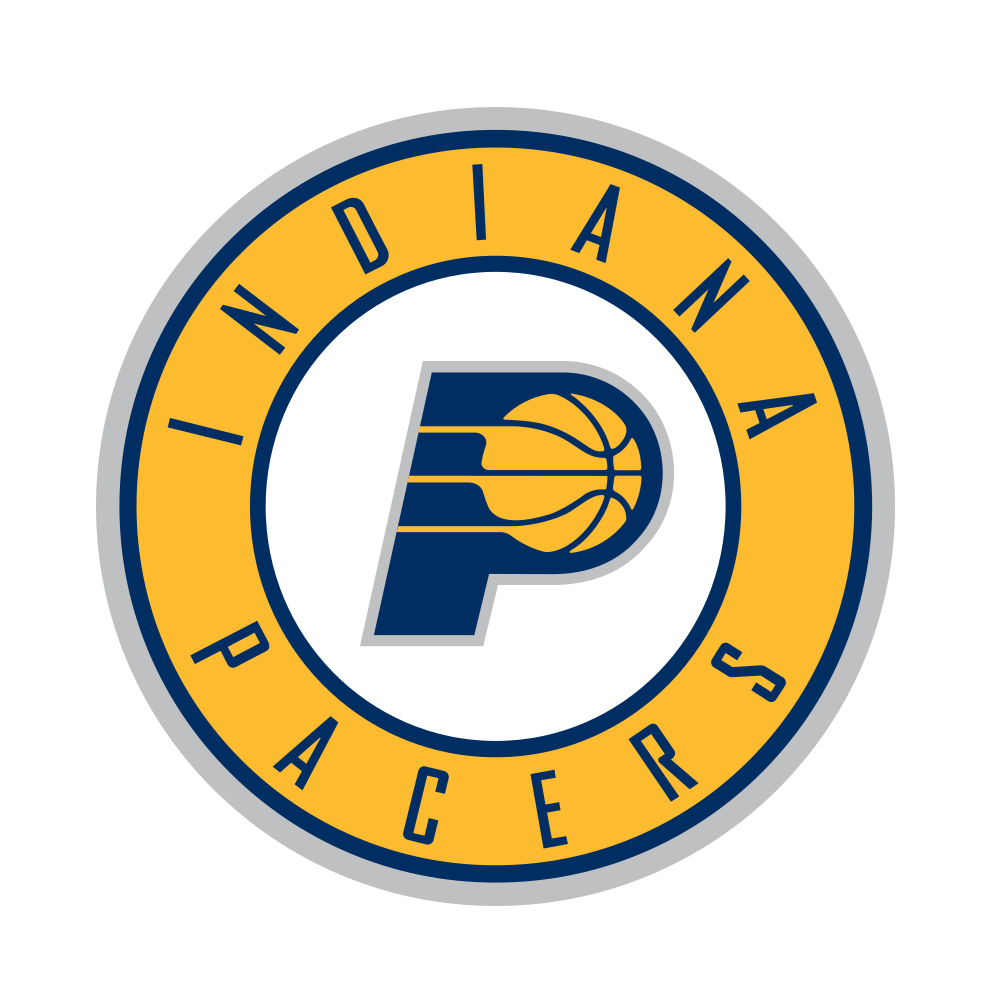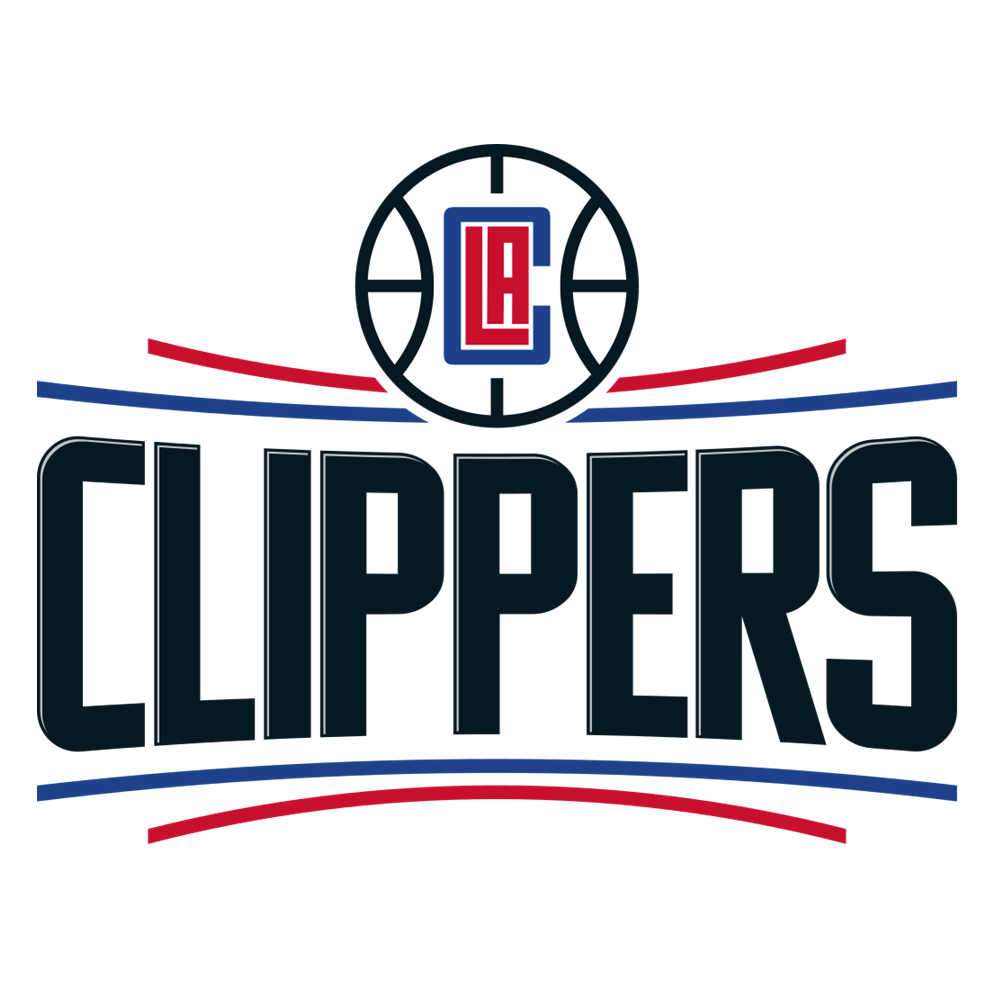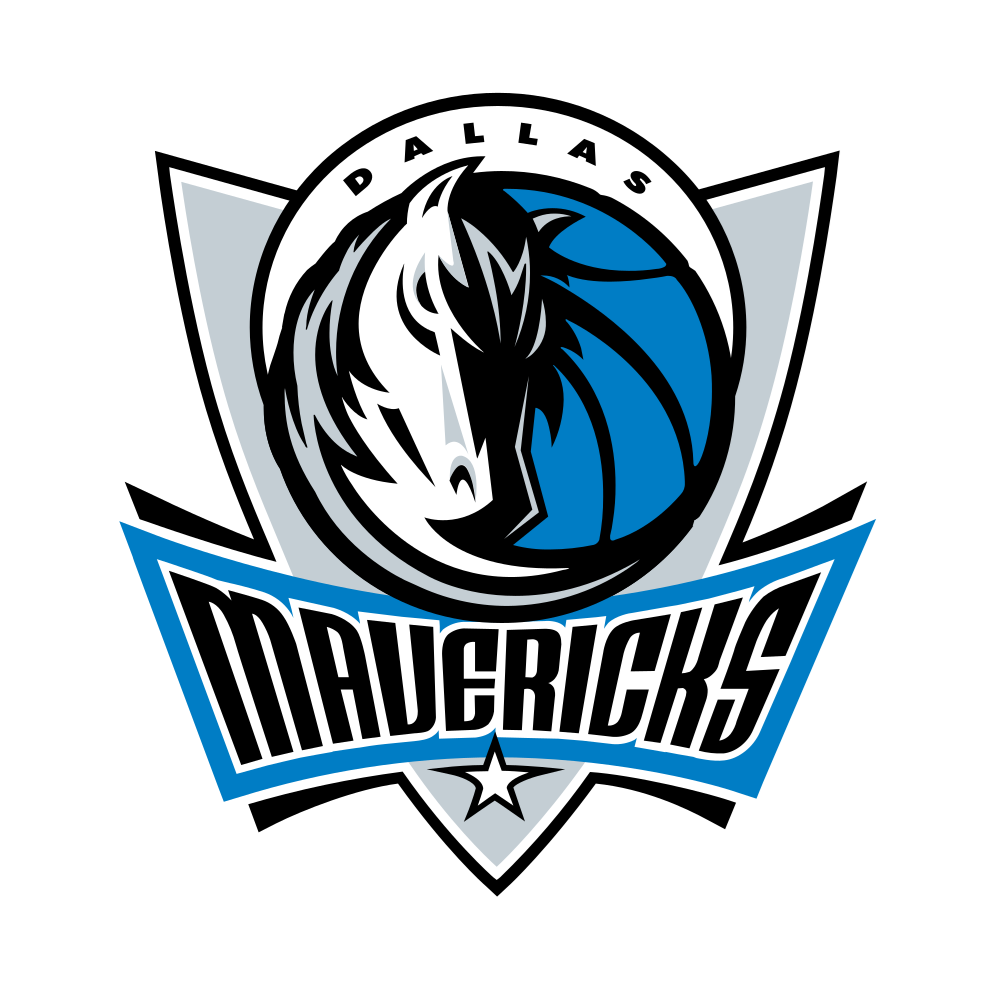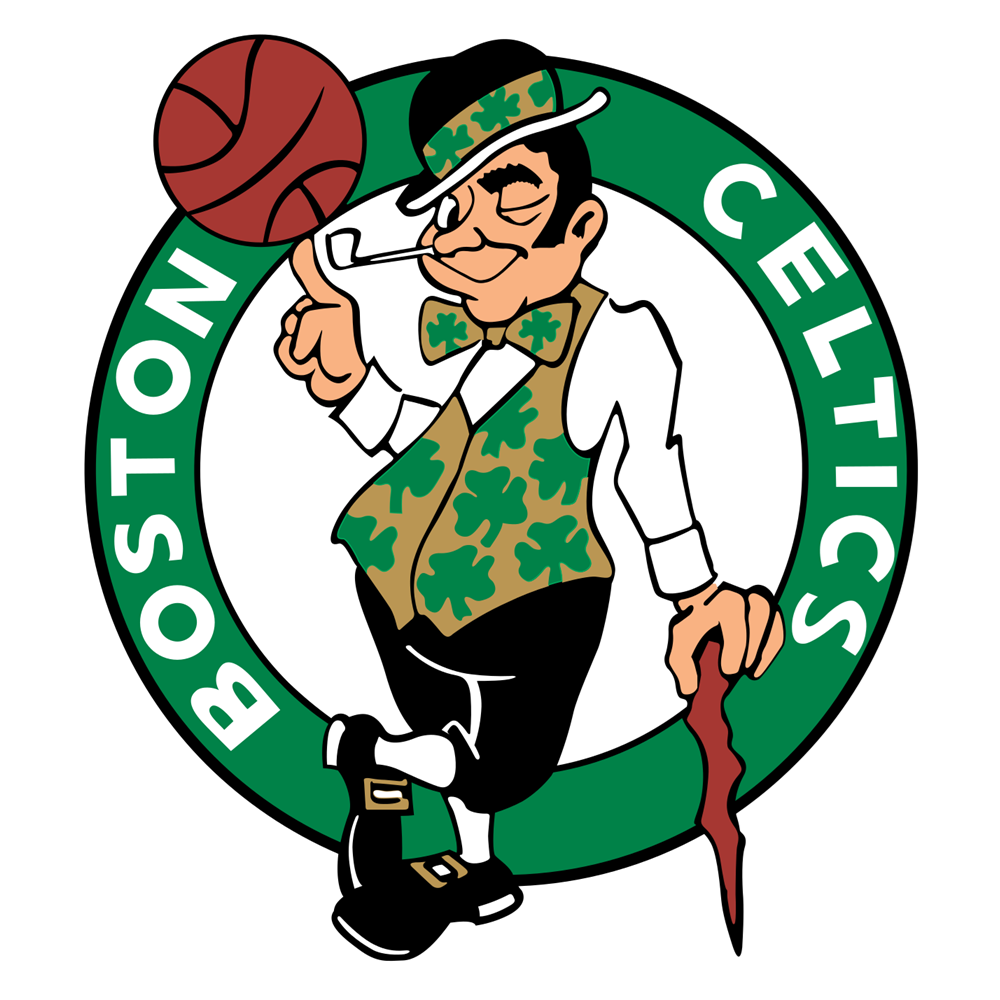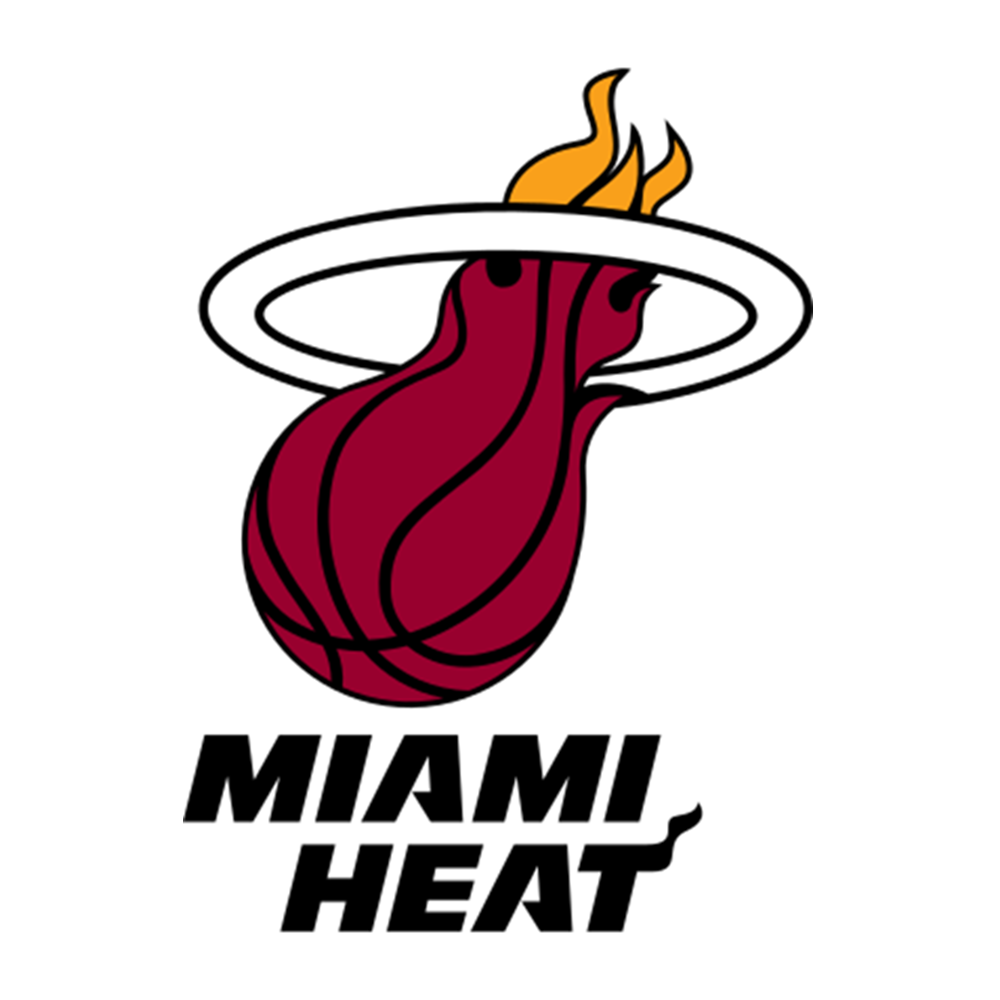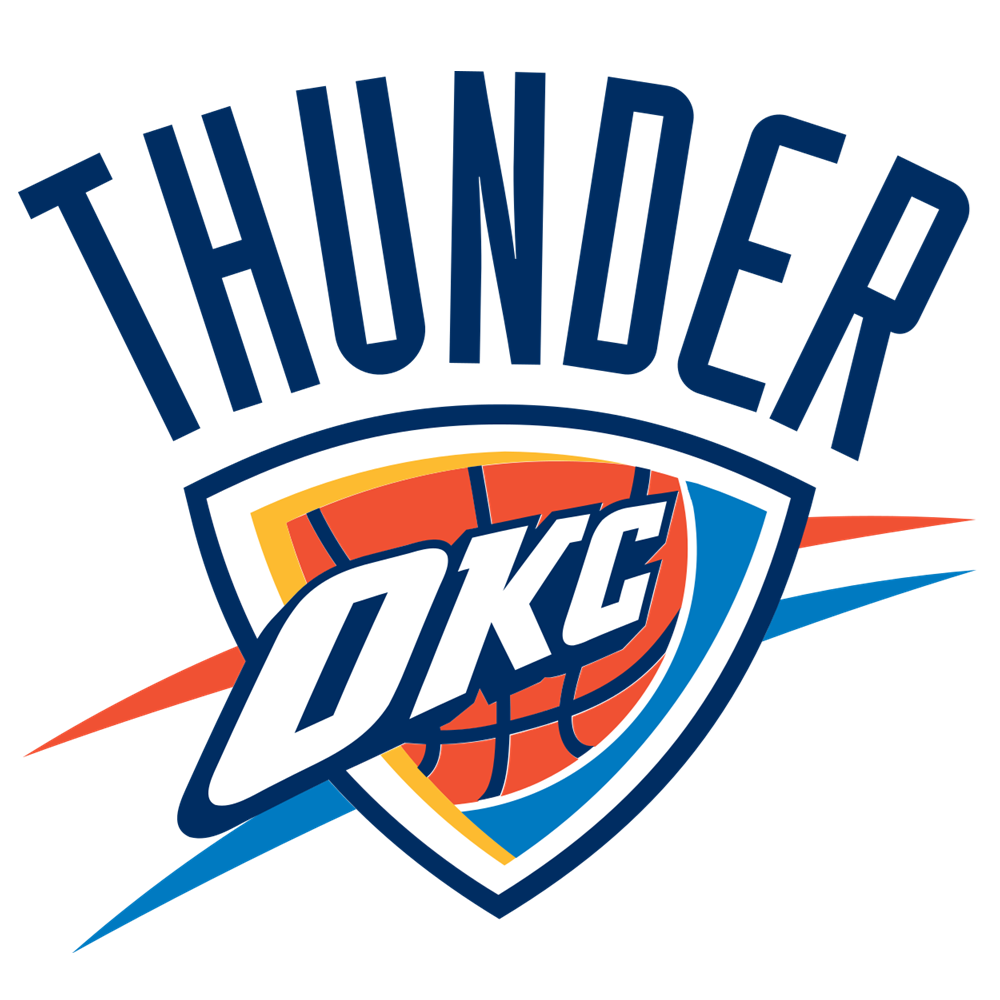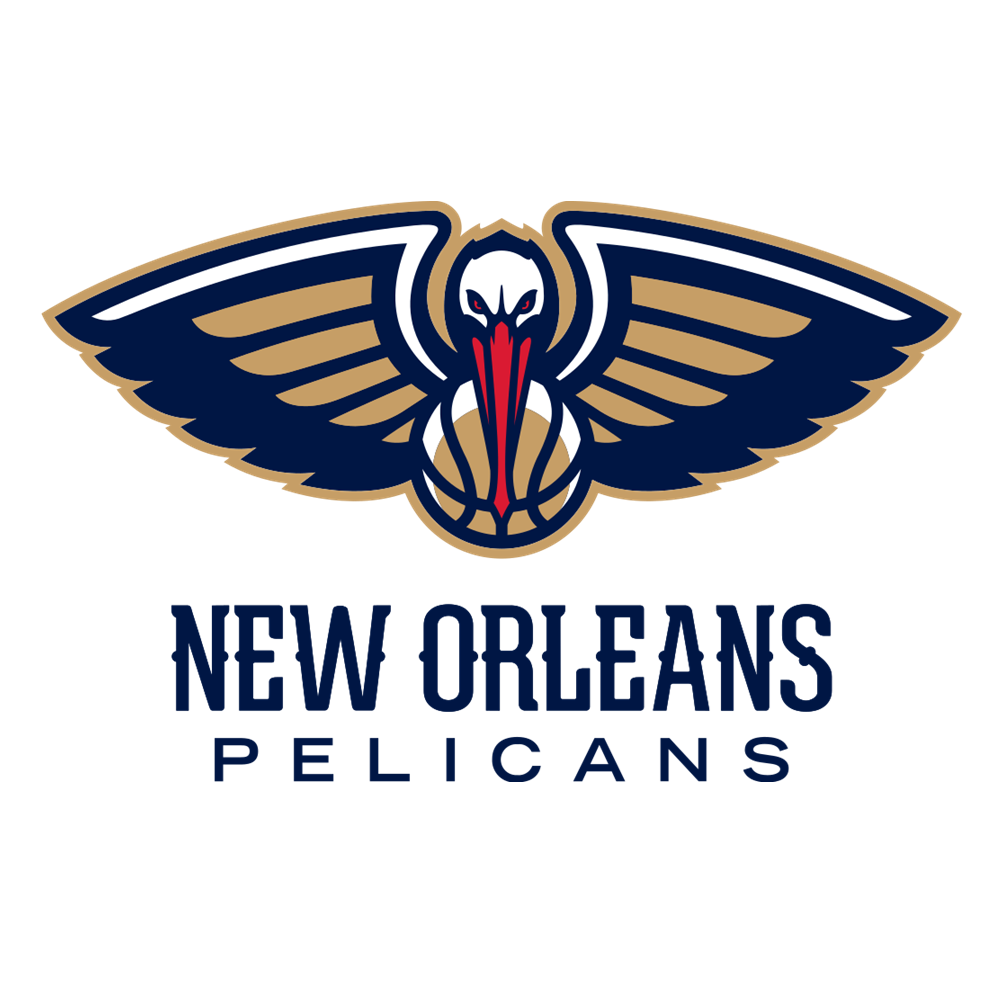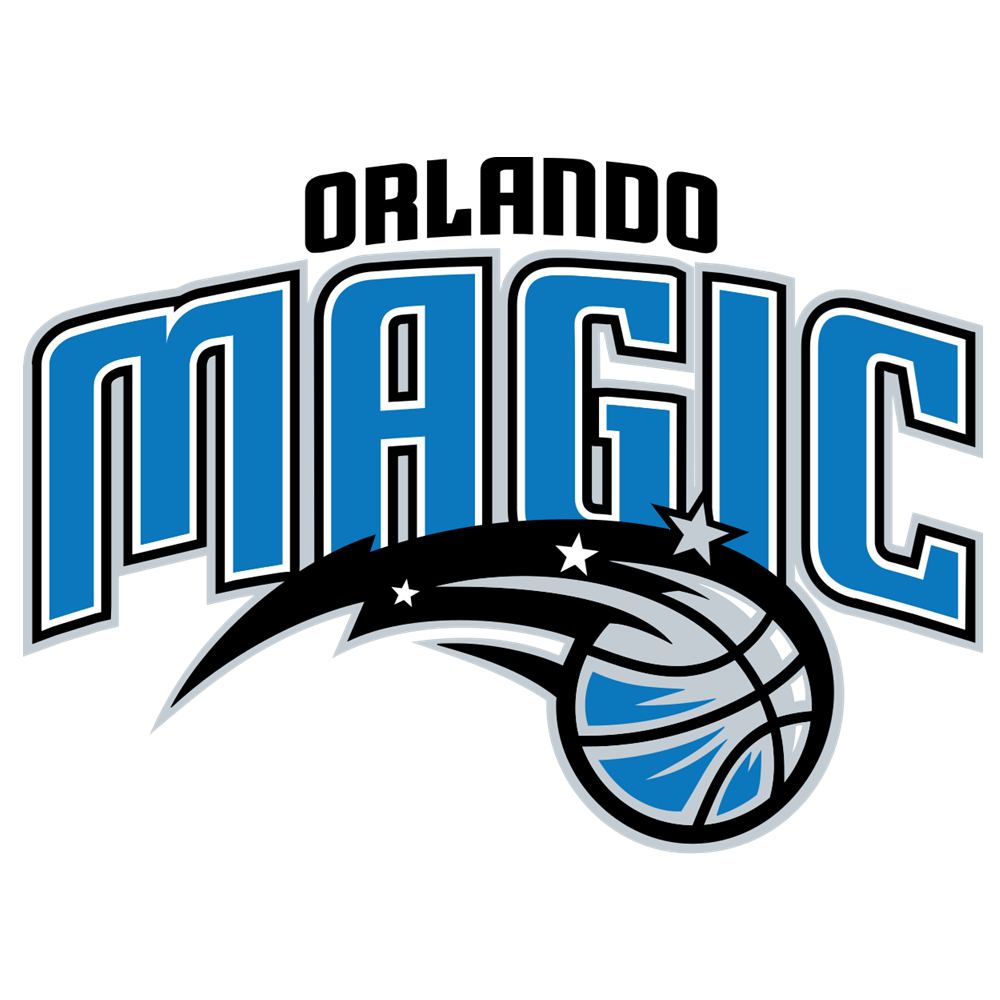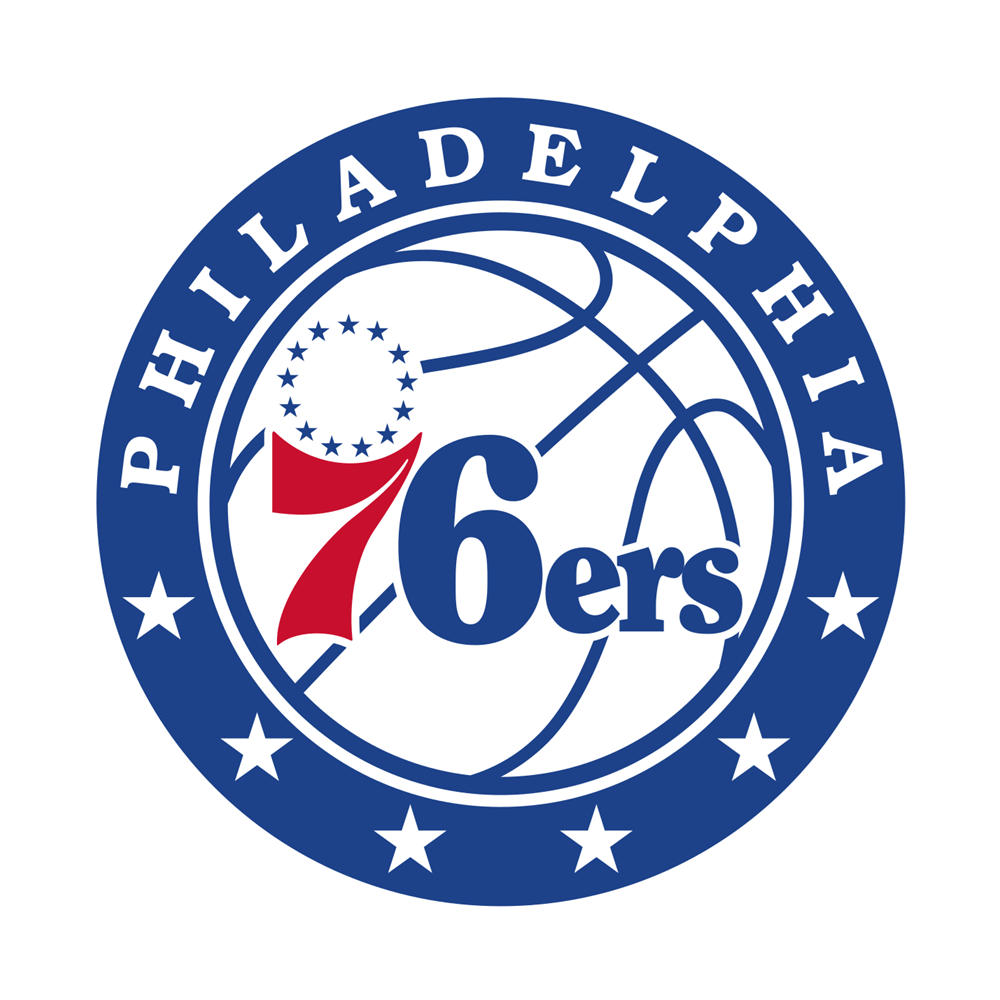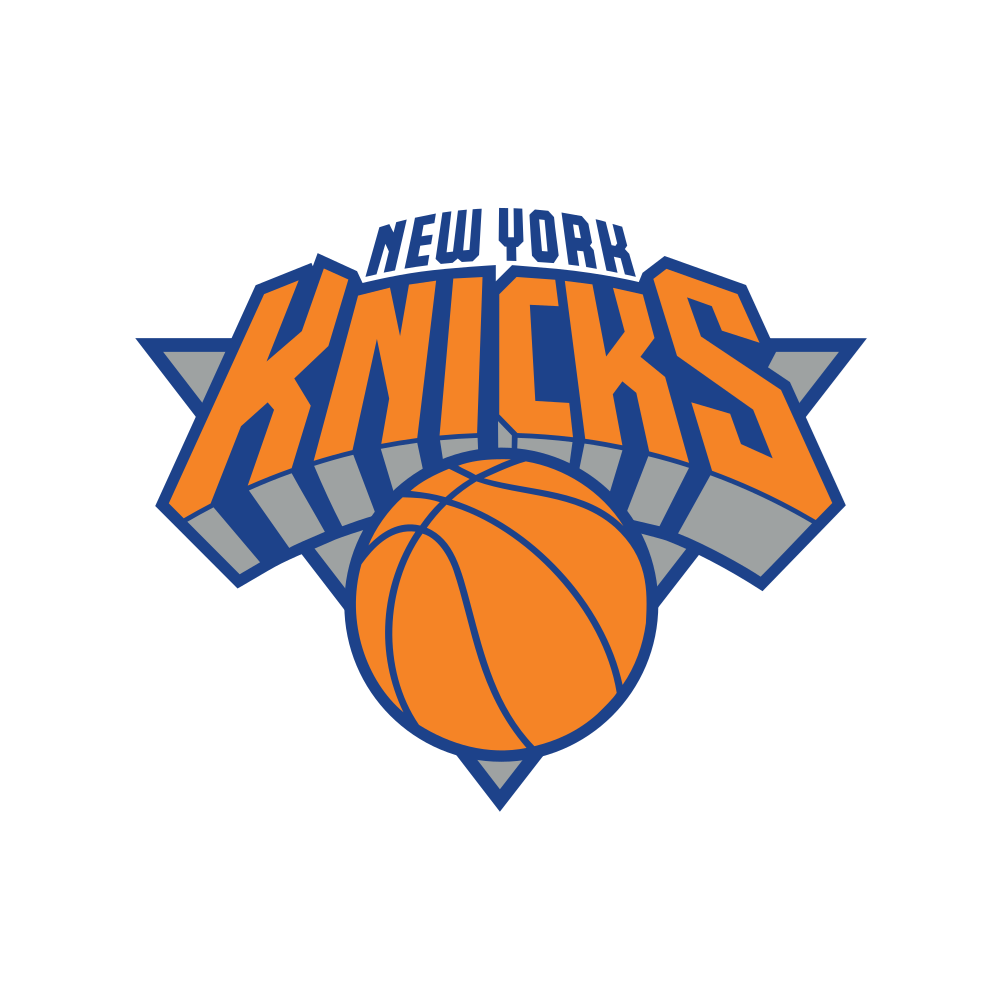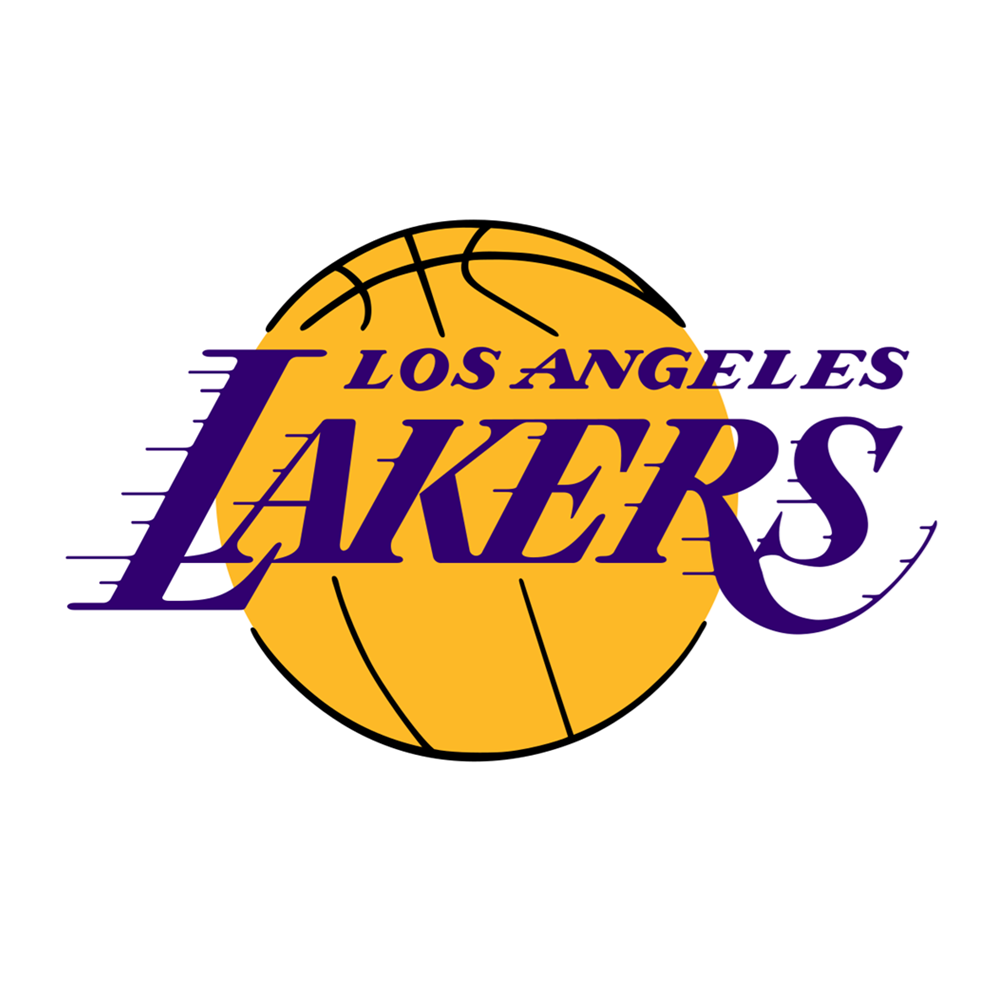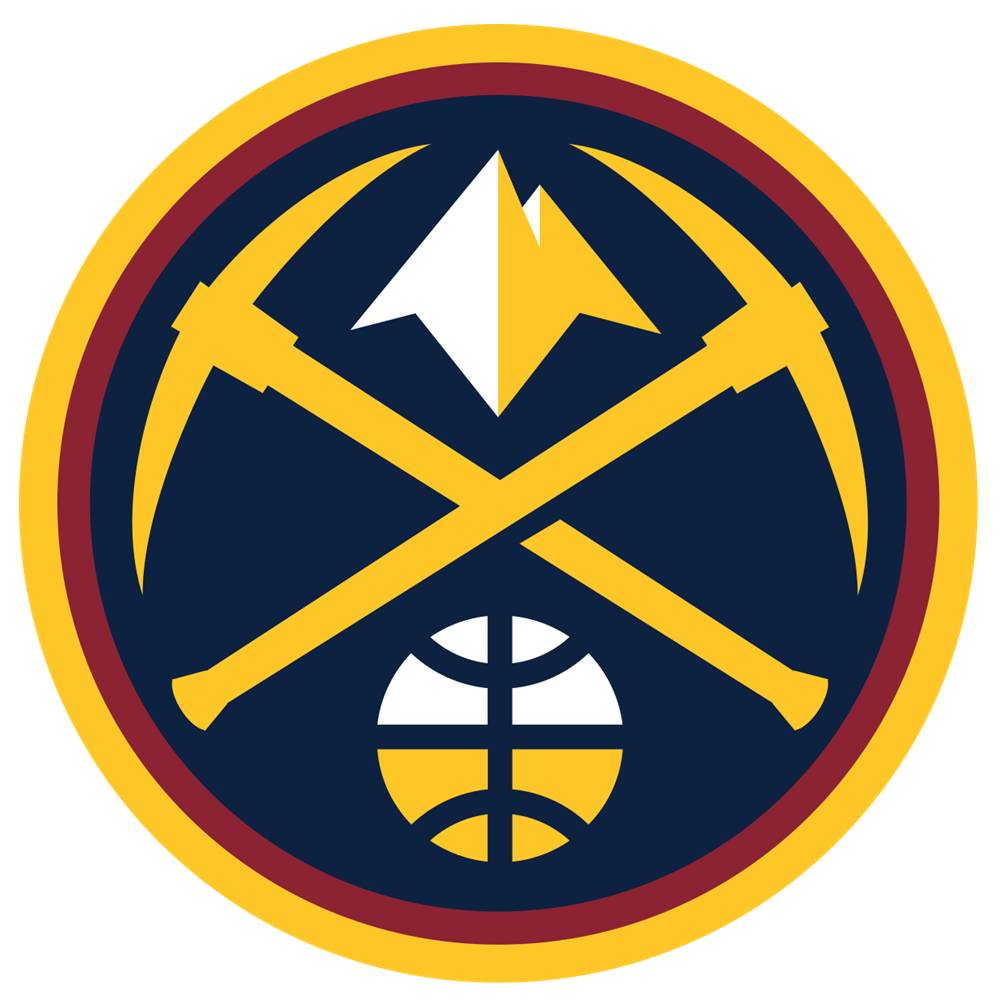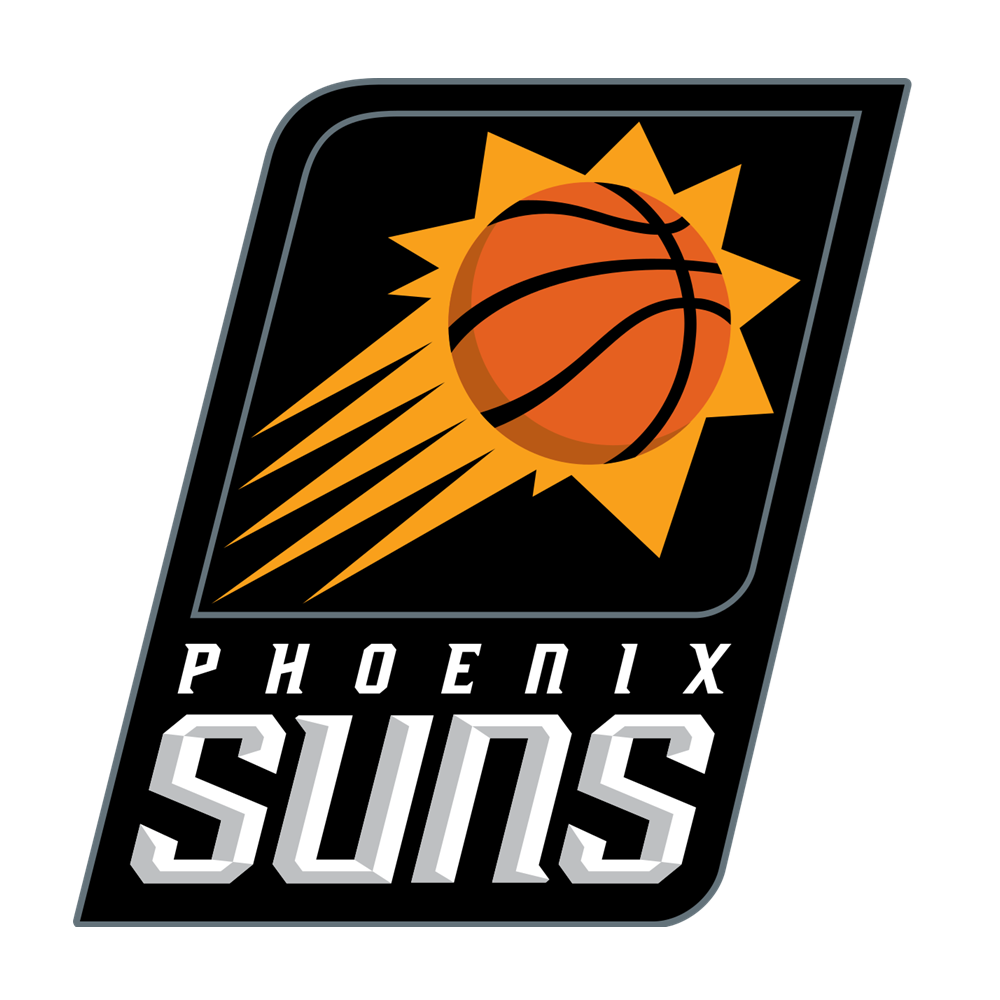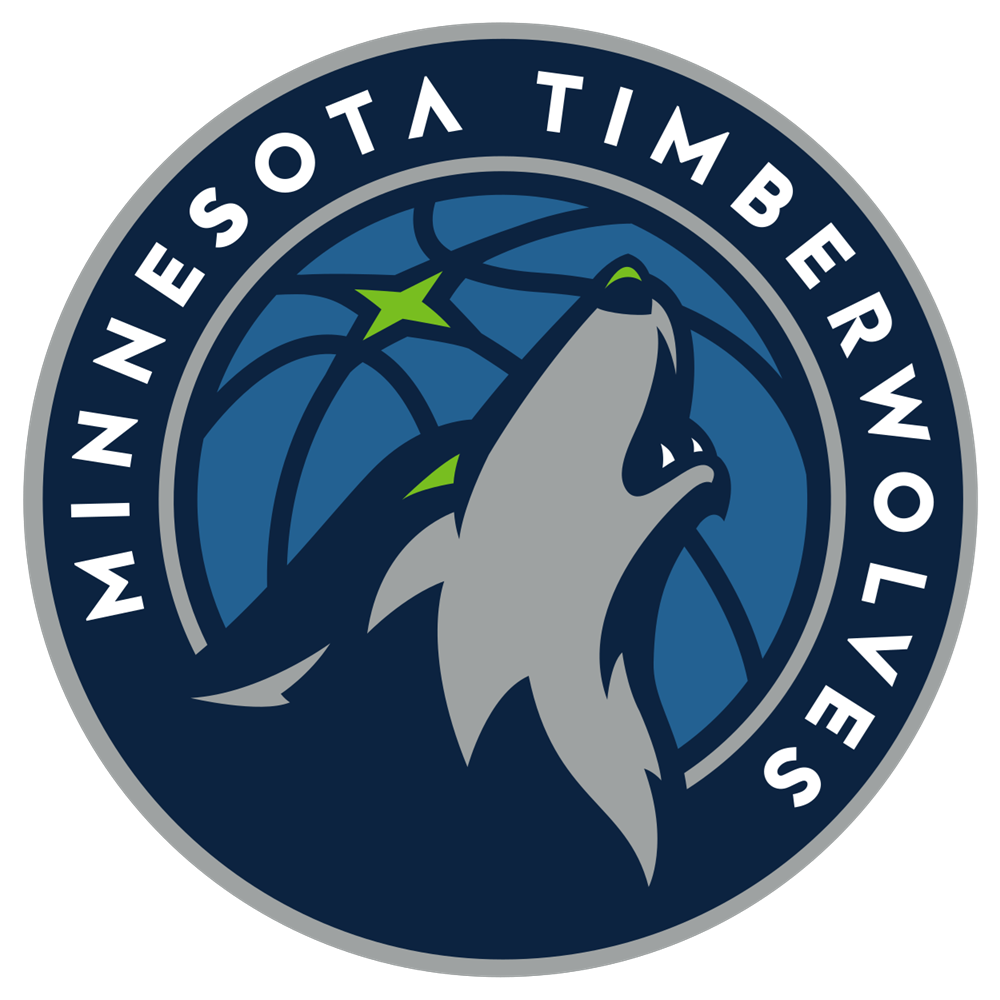On Sunday the Toronto Raptors played on the road against the Minnesota Timberwolves.
This was particularly significant for two reasons. Firstly, the Timberwolves were a good test for Toronto, especially on the road. Despite dropping their previous two games, the Wolves were 29-18 on the season headed into the game, good for the fourth-best record in the Western Conference and sixth in the entire NBA. They were particularly good at home, with an 18-6 record versus a sub-.500 11-12 road mark, including eight consecutive home wins.
Secondly, the trip to Minnesota was the Raptors' 15th and final road game versus a Western Conference team. They have, basically, done the hardest bits of the regular season already. And we are still already in January.
Toronto lost the game on Sunday, 115-109, the reason for the loss being either the -9 rebounding disadvantage or the -21 free throw disparity given up, depending on the level of your Raptors fandom. Nevertheless, at 31-14, Toronto are one of the few teams ranking ahead of those Timberwolves.
Concurrent with the decline of the Cleveland Cavaliers, the Raptors have peeled off 20 of their last 27 games to rise to second in the Eastern Conference, behind only the Boston Celtics (34-13). Their expected win-loss record of 32-13 compares favourably to the Celtics's 31-16, too, and while the fact that the Celtics have been more consistent especially in clutch situations is both to their credit and the reason for this disparity, the fact that Toronto can keep pace with Boston and surpass them in certain ways speaks to the kind of company they should now be considered in.
Toronto's point differential is +7.3, the third-best mark in the league behind only the Golden State Warriors (+8.7) and the Houston Rockets (+7.8). They rank fourth in the league offensively (112.9 offensive rating) and fifth defensively (105.6), while committing the fourth-fewest turnovers (12.3 per game) and forcing the fourth-most (13.9). The Raptors block the second most shots, shoot the eighth-best field goal percentage, and give up the fewest three-pointers in the league. They even shoot the second-best mark in the league from the free-throw line, despite their ignominious history of such things.
If you were to nitpick, you could point to their high foul rates and the efficiency of their three-point shooting (25th in the league at only 35.1% on the sixth-highest attempts total in the league) as being weaknesses. But they are indeed nitpicks. The Raptors are a good team on both ends, and seemingly one that has room to go further.
A huge factor here is the excellent depth that the team enjoys. We have profiled in recent weeks here at GiveMeSport both O.G. Anunoby, the British rookie small forward whom we did not need to be biased towards to find some very favourable findings on, and DeMar DeRozan, who has expanded his game and played his way to superstar level when once he was a post and mid-range scorer who did not do enough other than that. The developments of this wing duo have come quickly and are key to the Raptors's play on both ends; DeRozan with the scoring, and Anunoby with the perimeter defence.
Beyond those two, however, is depth at every position. Kyle Lowry started slowly, but is now back to his best. He has two quality backups at point guard in the shrewd, hustling Fred VanVleet and the defensive monster that Delon Wright is becoming, while Jonas Valanciunas has two quality backups of his own in the clunky rebounding machine Jakob Poeltl and the more mobile, more eccentric Lucas Nogueira.
On the wings, while neither relentless gunner C.J. Miles or man-who-needs-to-be-able-to-nuance-his-speed-a-bit Norman Powell are having the best individual seasons, both are useful if inconsistent contributors who add valuable depth. Meanwhile, Pascal Siakam has greatly improved his skills and poise since his rookie year as an athletic post-and-stretch four man. [Sorry, Bruno Caboclo - still can't include you.]
Depth is precisely what allows teams to survive the brief three-losses-in-five slumps that teams will suffer during the season, and the Raptors have it.
Up front, Serge Ibaka's game has much changed since his days with the Oklahoma City Thunder, yet he is effective in the second half of his career anyway. Primarily now a catch-and-shoot player offensively, Ibaka has a career high 36.4% three-point rate this season versus a career average of 15.4%, shots he is converting at a solid-enough 35.7% clip.
The offensive rebounding that used to be such a key part of Ibakas's game has dwindled away to almost nothing with this move to the perimeter, and the defensive foot speed looks slower. However, as an offensive third option, floor spacer and occasional interior shot blocker, he serves as a very useful developmental template for Siakam behind him to follow. The month-on-month-off nature of Ibaka's play is equal parts worrying and frustrating, yet the total body of work is pretty good.
Alongside Ibaka up front, however, is perhaps the best of all the yardsticks for how far the Raptors have come.
Starting centre Jonas Valanciunas is averaging 11.1 points and 8.1 rebounds per game, numbers almost exactly in line with his career numbers of 11.4 and 8.5 respectively. However, Valanciunas is doing it in the fewest minutes per game he has ever played (21.0), with a career-best assist rate (5.2%), and is a mere 0.3% off of tying his career high in true shooting percentage (62.0%). He also hits the occasional three-pointer now, shooting 8-21 on the season after going 1-4 in his five prior years combined.
Always a post player, Valanciunas's skills have developed over his career to match his intimidating size and soft hands. There were questions going into the season as to whether his lumbering interior play could truly be reconciled with the NBA's wider shift to the quicker, more perimeter-orientated big men. But rather than changing what he does - occasional three-pointer notwithstanding - Valanciunas instead got better at it. He gets better position, he finishes with more poise, and he passes the ball back out better.
Measured in terms of points per possession, with 101 points on 90 post possessions, Valanciunas ranks sixth in the league amongst all 'big' men, and third amongst all centres in the league, per Synergy Sports. The only ones above him are Channing Frye (14 points on 10 possessions), Ryan Anderson (18 in 15), Mike Scott (62 in 53 and I bet at least 52 of those possessions ended in fallaway jumpers), Maxi Kleber (14 in 12) and Al Jefferson (54 in 48). That is it, and most of those are anomalously small sample sizes. Players such as Karl-Anthony Towns (0.99), Joel Embiid (0.98), Enes Kanter (0.94), LaMarcus Aldridge (also 0.94) and DeMarcus Cousins (0.88) are all less efficient with their post-up play than Jonas Valanciunas is.
That was not supposed to be the case. The Valanciunas and Enes Kanter types are supposed to be being squeezed out of the league right now. They are supposed to be superfluous in an area of athletic, floor-spacing big men such as Anthony Davis, Jabari Parker, Myles Turner and Dario Saric. [Sorry, Bruno Caboclo - still can't include you.] Yet both are proving that, if they are good enough, it's not going to happen.
Roughly this time last year, we took a similar look at the Raptors. It is not for nothing that they were second in the East then as well. At the time, we concluded that for all their talents, the Raptors were not positioned to be able to make the leap to true contendership.
The only major roster moves since then were the trade for Ibaka, in which streaky wing scorer Terrence Ross was sent to the Orlando Magic in a package with a 2017 first round pick (subsequently retraded to the Philadelphia 76ers and used on Anzejs Pasecniks) in exchange for Ibaka, and swapping Cory Joseph out for C.J. Miles to better balance the rotation. There was also briefly a rental of P.J. Tucker that that no longer applies, and a salary dump of DeMarre Carroll, with Anunoby taking both of their spots. All of the above players mentioned, except Anunoby and Miles, were on the team to finish last season.
Nevertheless, a similar appraisal of the Raptors now shows more favourable findings in both the immediate, medium and longer-term futures. The Raptors are still not a team truly built for the long term; however, in being able to find valuable young players in the forms of Wright, VanVleet, Anunoby, Powell, Poeltl, Siakam and Nogueira [sorry Bruno Caboclo - still can't include you], the Raptors have short-term depth with some long-term projectability.
Additionally, even if the Raptors do not want to, or are not able to, realise the potential and growth of these young pieces themselves, those players do provide the flexiblity with which to go back into the trade market, hard.
With particular reference to Valanciunas, Toronto are now in a position where they can trade from a position of strength rather than from a position of necessity. If they still move him, it is not because he did not fit or needed to go. Rather, it is because they have good incumbent replacements who can fill the gap, and gain the flexibility from being able to move a good quality young veteran who has years of good play and team control in his favour, who is improving as a player, and who is showing himself to be more adaptable than conventional wisdom assumed.
Even without that, Toronto stands firm in second place even after a small sample size wobble. They have done the bulk of their travelling, have 21 home games remaining compared to only 16 road games, enjoy relatively good health, have strong depth that could withstand some significant injury should it happen, have some assets in trade, and have nothing dead they need to dump. If they end the season with this team, an NBA Finals berth is still possible.
So, how good are these Raptors? Very good. Good on the court, pretty well-positioned off of it, And with upside in both.
